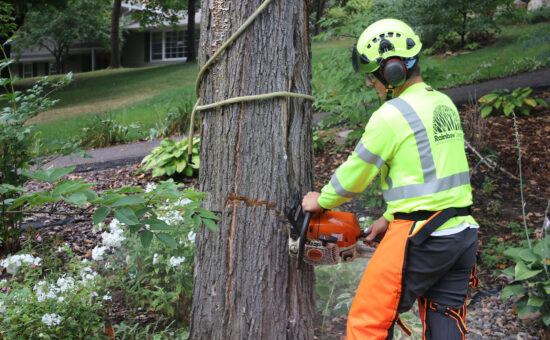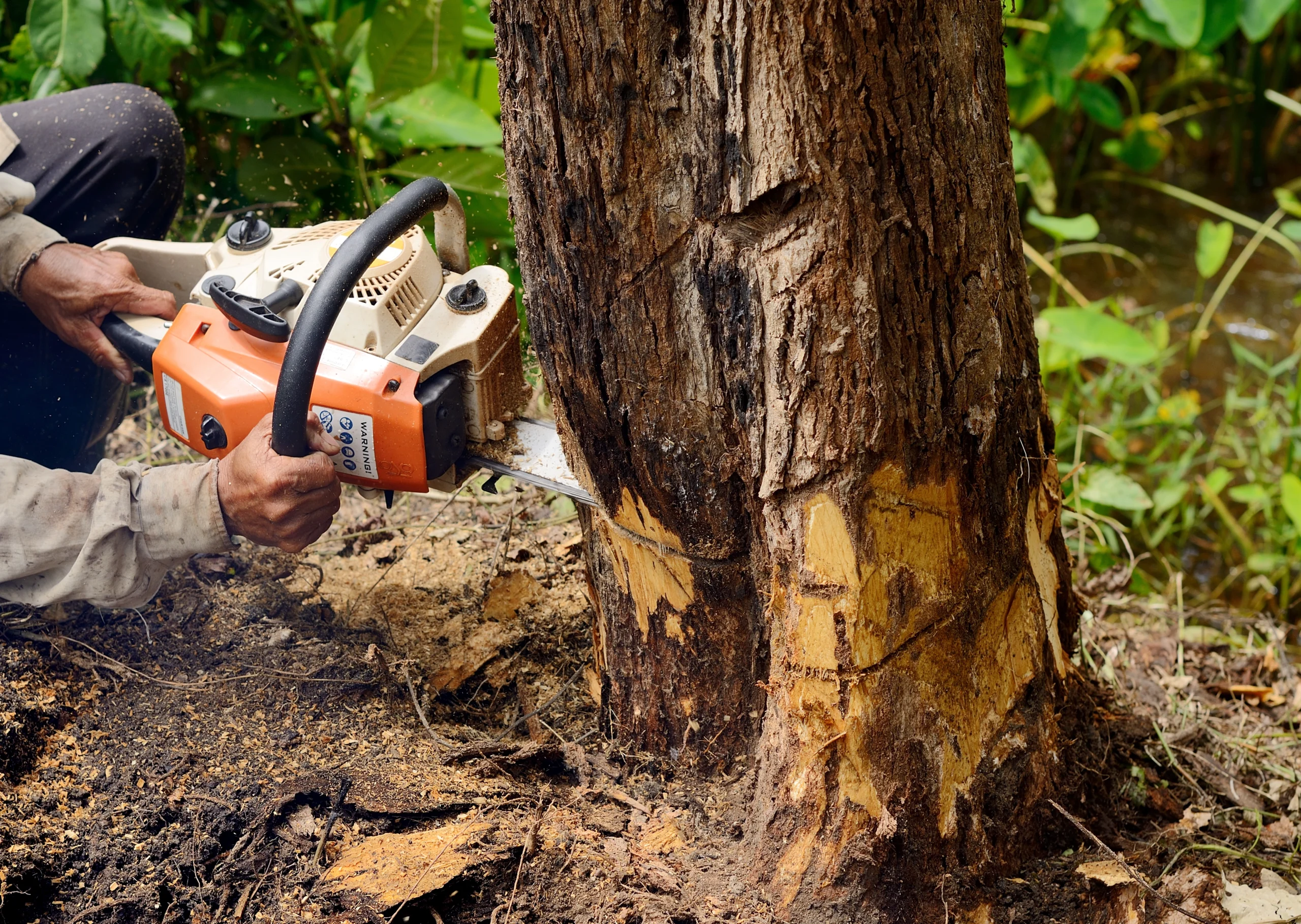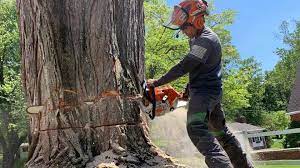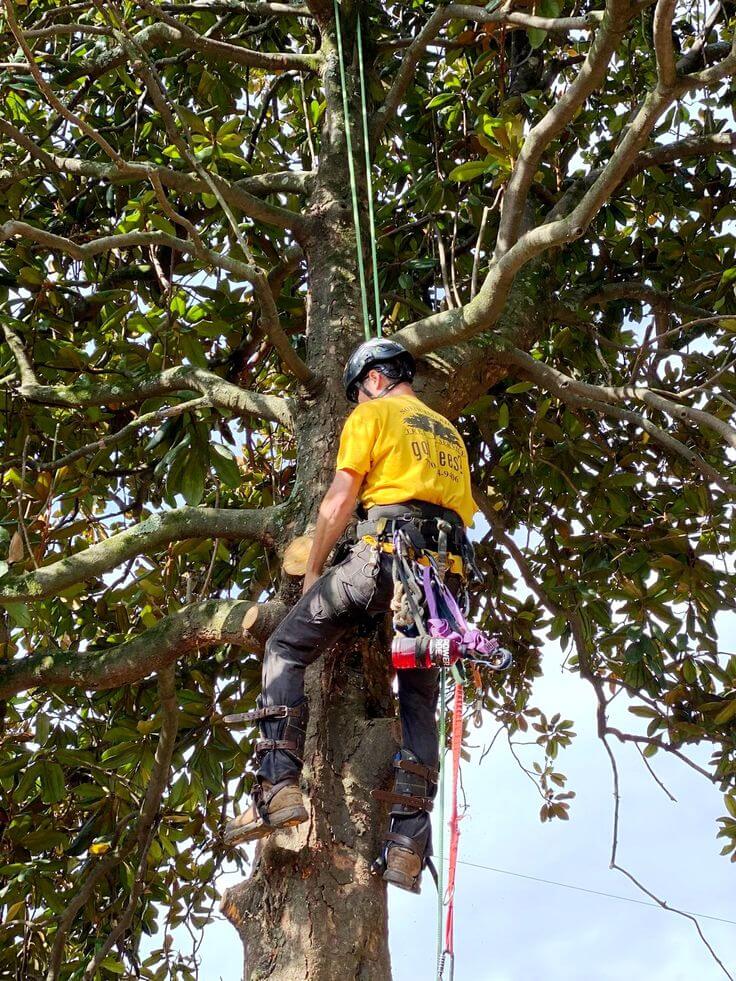Tree Removal Insurance: Everything You Need to Know
Introduction
Tree removal insurance is something most people don’t think about until they’re facing a large oak on their roof after a storm. This type of coverage can be a lifesaver, but it’s important to understand what it is and why it might be crucial for your peace of mind. So, what exactly is tree removal insurance, and why should you care? Let’s dive into the details.

Understanding Tree Removal Insurance
What Does Tree Removal Insurance Cover?
Tree removal insurance generally covers the cost of removing a tree that has fallen due to a covered peril, such as a storm, fire, or vandalism. However, not all situations are covered, so knowing the specifics of your policy is key.
Covered Perils
Typically, your insurance will step in if a tree falls due to natural disasters like high winds, lightning, or even heavy snow. These events are usually beyond your control, and insurance companies recognize that.
Situations Not Covered
On the flip side, if a tree falls due to neglect or because it was already dead or dying, insurance might not cover the removal costs. Routine maintenance is your responsibility, and ignoring it could leave you footing the bill.
Types of Insurance Policies That Include Tree Removal
Tree removal is often covered under homeowners insurance, but the coverage can vary. Some policies may include it under the umbrella of property damage, while others may require an additional rider or specific coverage .Make sure to review your policy details or Contact your insurance company for assistance.
Factors That Affect Tree Removal Insurance Coverage
Policy Limits
Your insurance policy will have limits on how much it will pay for tree removal. This could be a flat amount per tree or a percentage of your total property coverage Grasping these boundaries will prevent any unexpected surprises.

Location and Risk Factors
Where you live plays a big role in your coverage. If you’re in an area prone to hurricanes or tornadoes, your policy might have different terms than someone living in a quieter climate. Understanding the risks associated with your location can help you make informed decisions about your coverage.
The Condition of the Tree
Insurance companies may also consider the condition of the tree before offering coverage. Healthy, well-maintained trees are less likely to cause issues, so they might be covered more easily than neglected ones.
How to Determine If You Need Tree Removal Insurance
Assessing Tree Risks on Your Property
Not sure if you need tree removal insurance? Begin by evaluating the trees on your property. Are any of them situated near your house or other buildings? Do they appear healthy?
Proximity to Structures
Trees that are close to your house, garage, or other buildings pose a higher risk. If one of these trees falls, it could cause significant damage, making insurance a smart investment.
History of Storms in Your Area
If you live in an area with frequent storms, the likelihood of trees falling is higher. Reviewing your area’s weather history can give you a good idea of whether tree removal insurance is worth considering.
Steps to Submit a Tree Removal Claim
Steps to Take After a Tree Falls
If a tree does fall on your property, it’s essential to act quickly. Start by ensuring everyone’s safety and then move on to documenting the damage.
Documenting the Damage
Take clear photos and videos of the fallen tree and any damage it caused. This will be crucial when filing your insurance claim, as it provides evidence of the incident.
What’s the usual time frame for a claim to be approved? The time it takes to get a claim approved can vary. Some claims are settled quickly, while others may take weeks or even months, depending on the complexity of the situation. Staying in touch with your insurance provider and providing all necessary information can help expedite the process.
Costs Associated with Tree Removal
Average Costs for Tree Removal Services
Tree removal isn’t cheap. On average, removing a single tree can cost anywhere from $200 to $2,000, depending on its size, location, and the complexity of the job.
Factors That Affect Cost
Several factors can influence the cost of tree removal, including the tree’s height, the difficulty of the removal, and whether the tree is near power lines or other hazards. Some companies may also charge more for emergency services.
How Insurance Can Help Offset Costs
If your insurance covers tree removal, it can significantly reduce your out-of-pocket expenses. Depending on your policy, insurance might cover the entire cost or a portion of it, making the situation more manageable.
Important Factors to Keep in Mind When Choosing the Right Insurance Policy
Key Features to Consider
When shopping for insurance that includes tree removal coverage, look for policies that offer comprehensive coverage, reasonable deductibles, and clear terms regarding what is and isn’t covered.
Understanding Exclusions and Limitations
Make sure you fully understand any exclusions or limitations in your policy. Some policies may exclude certain types of trees or only cover specific perils. Knowing these details can help you avoid unpleasant surprises when you need to file a claim.
Common Misconceptions About Tree Removal Insurance
Myths vs. Reality
There are several myths surrounding tree removal insurance that can lead to confusion. Let’s clear up a few of them.

“Tree Removal Insurance is Expensive”
Another myth is that tree removal insurance is prohibitively expensive. In reality, adding this coverage to your existing policy can be quite affordable, especially when weighed against the potential cost of removing a large tree after a storm.
The Role of Preventative Maintenance
How to Minimize Tree-Related Risks
Taking proactive steps to maintain the trees on your property can reduce the likelihood of needing to make a claim.
Regular Tree Inspections
Regularly inspecting your trees for signs of disease, decay, or structural weakness can help you address issues before they become bigger problems. Hiring a professional arborist

